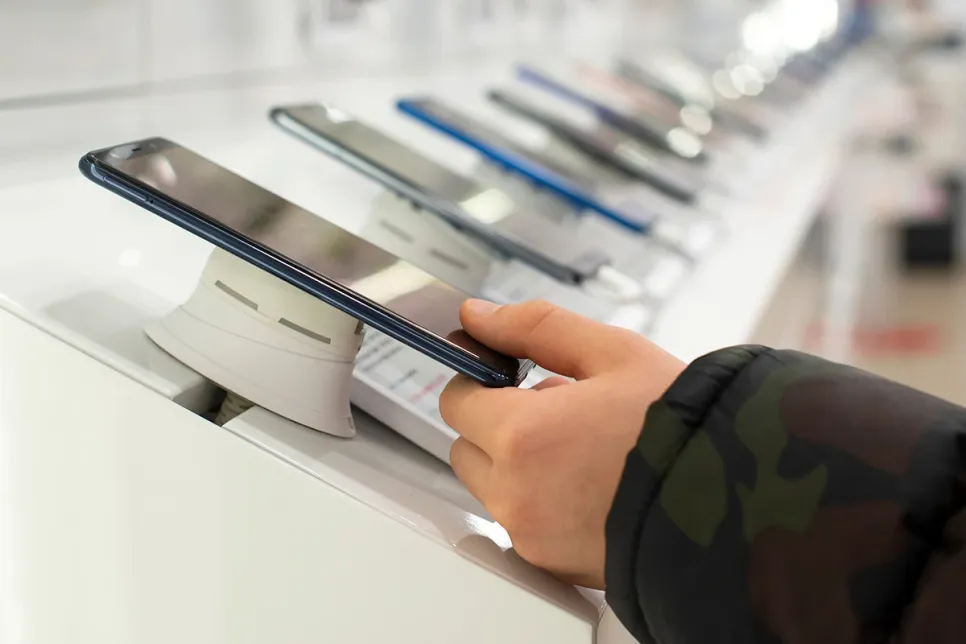Premium Smartphone Sales Hit Record H1 High in 2025
The global premium smartphone market’s unit sales grew 8% in the first six months of 2025, reaching the highest-ever mark for a first half, according to Counterpoint Research.

The global premium smartphone market’s unit sales grew 8% in the first six months of 2025, reaching the highest-ever mark for a first half, according to Counterpoint Research. The growth was much faster than the overall smartphone market, which grew 4% during the same period.
There is a strong “premiumization” trend visible across geographies, as consumers continue to engage more with their smartphones and upgrade to premium devices for a better overall experience and due to increased affordability. Most of the brands and regions grew in the segment, riding the “premiumization” tailwind. Overall, the premium market contributed over 60% of global smartphone revenues, underscoring the strategic importance of the segment.
Apple remained the largest brand during H1, growing 3% and taking 62% share of the premium market. However, its share declined as other OEMs grew much faster. Apple gained in emerging markets but lost share in China to Huawei and Xiaomi. Huawei remains a popular choice in China due to its loyal consumer base and a strong offline presence. The brand is consistently reclaiming its lost market share from Apple while gaining mindshare through the launch of devices with unique designs, such as the tri-folding Mate XT. Xiaomi also gained in the premium segment in China. The brand has been advancing its premiumization on all fronts, not only in smartphones but also in its EV and IoT businesses. The halo effect of its premium EV launch is benefiting Xiaomi’s smartphone business, which is tightly integrated with its EV and IoT segments.
Google broke into the top five premium smartphone brands after five years. Its sales doubled YoY, driven by the strong performance of the Pixel 9 series, expansion into newer markets, and more aggressive marketing efforts. Google has been focusing on differentiating its Pixel series by positioning it as an AI-first device with a clean software experience, rather than merely emphasizing hardware specifications. Consumer confidence in Pixel devices is growing. Samsung grew on the back of the S25 series, which performed better than the S24 series. Going forward, the Z Fold7 is also expected to perform better than its predecessor owing to significantly upgraded hardware.
In terms of countries, the top 10 premium markets contributed close to 80% of sales in the segment, and India (+37%) was the fastest-growing market among them. India's growth was driven by Apple’s good performance and the availability of easy financing, which has expanded the addressable market for premium devices. However, in terms of absolute volumes, China, the world’s largest premium market, was the biggest contributor to growth.
Foldables remain a niche but growing category. They have emerged as a key differentiator for brands and a strategic step to expand their luxury offerings. For consumers, foldables offer a refreshing change in form factor. Apple’s entry in 2026 will further help grow the segment. In terms of AI, GenAI-capable devices contributed to over 80% of premium smartphone sales in 1H25, with the premium segment driving overall GenAI adoption. Premium consumers remain consistently attracted to cutting-edge innovations, and smartphone brands are positioning GenAI as the next key differentiator in this segment. As hardware differences narrow, consumer choice will increasingly depend on the AI ecosystem.